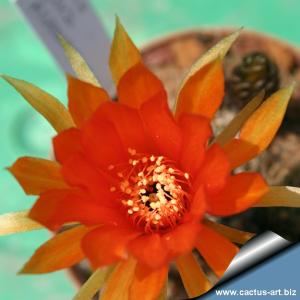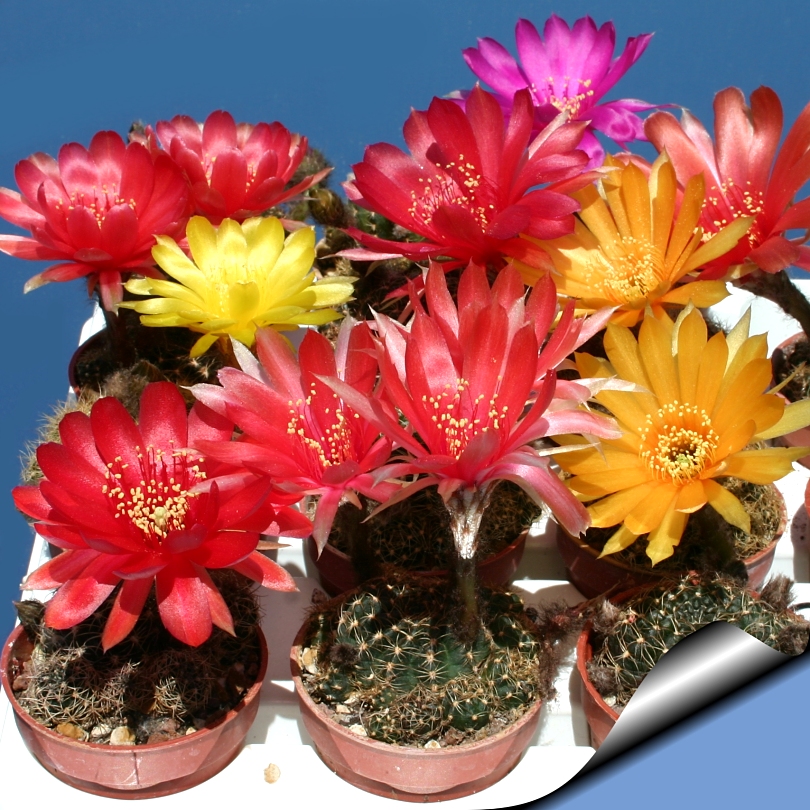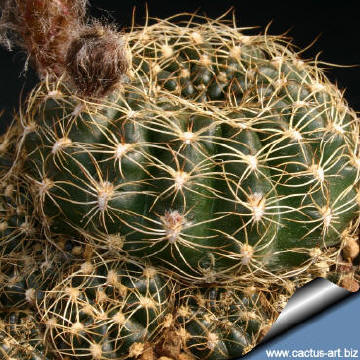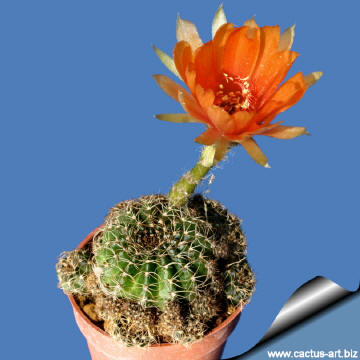-
x
Descrizione
Clone selezionato a fiori arancio. Pianta magnificha di coltivazione estremamente facile. Lo svernamento in luogo freddo e asciutto aiuta la pianta a produrre abbondanti fiori in primavera. Family: Cactaceae (Cactus Family) Lobivia arachnacantha Origin: Bolivia. Conservation status: Listed in CITES appendix 2.
| |
| Description: Clusters freely, will form large clumps in time. | |
| The species name "arachnacantha" comes from the Greek for "with spider web-shaped spines. | |
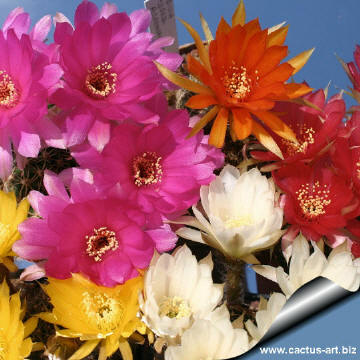 | 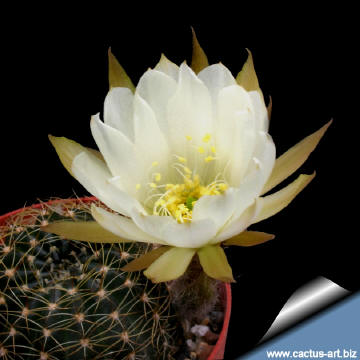 |
| Flowers come in a wide range of colours. | |
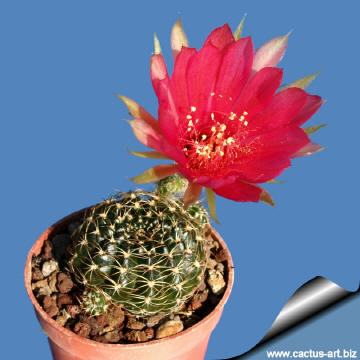 | 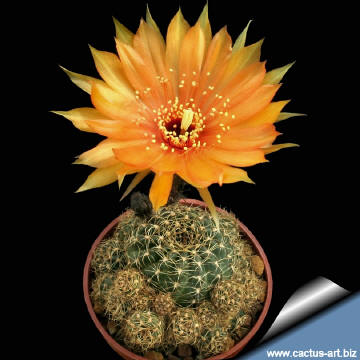 |
| Cultivation: It is a good beginner cactus and very easy to grow and flower. It is quite resistant and occasionally gets covered by bright showy yellow blossoms also neglected in a dry windowsill. Requires good drainage and very porous potting mix. Watering Needs Need regular water in spring to fall but do not water again until dry. Also, it is a species that is dormant in the winter and require very little water (maybe even none) during the cold months. Frost Tolerance: Light frost protection required. Minimum of 5ºC for safe growing (but hardy up to -5°C or less) but some clones are hardy to lower temperatures. Requires to be kept below 7°C in winter to flower well in the spring. Sun Exposure: Requires bright light (protect from strong midday sun). In shade the body colour will remain mostly green, while full sun will darken it and give it red/brown body colour. Can be sunburned if moved from shade/greenhouse into full sun too quickly. The amount of sunlight it can withstand without scorching depends upon the how hot it becomes in the summer in the locale in which it is planted. It will have more colour if it receives more light. During the spring it may be able to take full sun until the heat arrives at the end of spring. In an area that has hot afternoon sun, it may be able to take full morning sun, but requires afternoon shade or afternoon light shade. | |
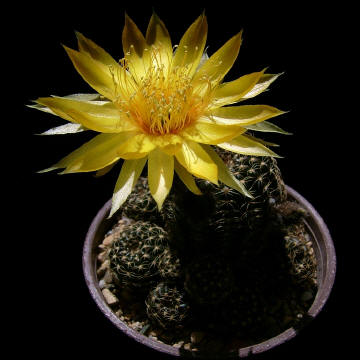 Photo and © copyright by Mladen Turcinovic (Croatia) | 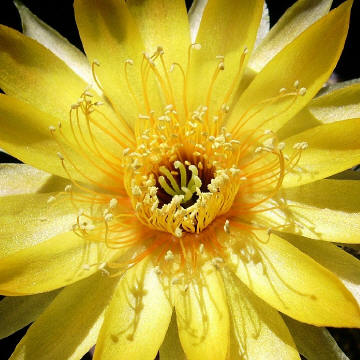 Photo and © copyright by Mladen Turcinovic (Croatia) |
| . | |

